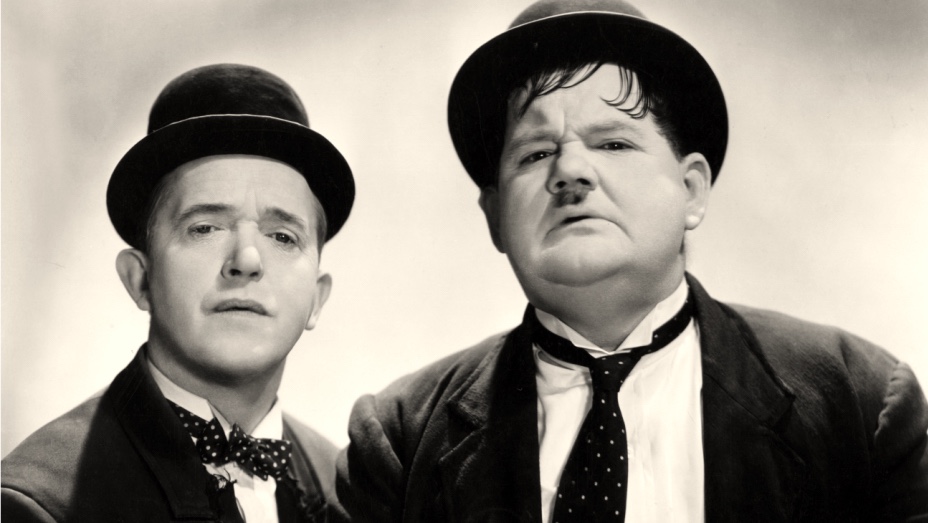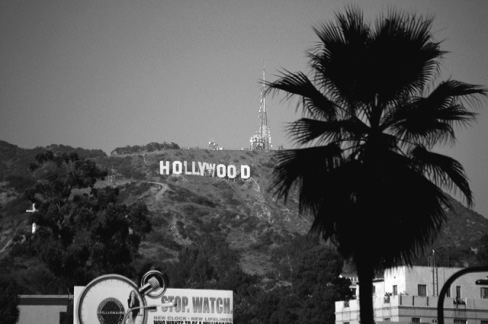Originating in the late 1800s, film began when Lumiere brothers discovered that if you displayed images in a rapid sequence (24 per second), it would create the illusion of a moving image. The first films were originally shot at an unmoving wide angle without any sound. At the time, one reel of film lasted around 8-12 minutes. Because of this, most films used two reels of film and were appropriately dubbed ‘two-reelers’. By the 1910s, filmmakers incorporated varying angles and used a multitude of sets within in a single film – portraying spatial and temporal movement.
As opposed to Germany and Russia, America did not view film as a new art form first and foremost. Instead, many American entrepreneurs saw film as a grand business opportunity. Because of this, vertical integration quickly took effect and filmmaking was quickly transformed into an assembly line-esque industry. Romance and comedy films were the genres of primary focus, due to these films attracting the highest cinema viewership, as they were easily digestible and relatable to audiences at the time.
In addition to this, slapstick was a very popular genre during the silent era of film, which displayed the actors’ daring athleticism and seemingly impossible feats. Through this, the first ‘stars’ of Hollywood were born – including Charlie Chaplin, Harold Lloyd, Buster Keaton, as well as many others. The slapstick comedy duo Laurel & Hardy also had highly successful careers both during and after the silent era of Hollywood.

As film continued to grow exponentially in popularity, the rise of production facilities throughout America increased. This gave birth to the first film studios, five of which dominated the cinema. Throughout this Golden Age of Hollywood, the main studios included: Paramount, RKO, MGM, Warner Brothers and 20th Century Fox, who had complete control over both production business and distribution firms. It is no understatement to remark upon the fact that these studios were the supreme rulers of the American film industry from the 1920s-50s.
By 1929, almost all films had synchronised sound and film was the most popular art form in the Western world. Audiences visited the cinema primarily to see their favourite stars on the big screen. Because of this, the stars of Hollywood were coerced into signing exclusivity contracts, meaning that they could only work under specific studios. The film studios themselves only continued to grow substantially during the Great Depression, during which actors and directors were merely viewed as assets to possess by the studios. Studios engaged in a practice known as ‘block booking’ which allowed the studio to sell to multiple films to cinemas at once. Each cinema was owned by a particular studio and they had complete creative control over each film that was released under it. Ticket prices were fixed and each studio attempted to monopolise the industry by acquiring film ‘packages’. This meant that a handful of films were immediately owned by the particular studio.

This ultimately led to an over-saturation of uninspired and ‘by the numbers’ films. Filmmakers were restricted to experiment outside of what was absolutely certain to sell tickets. Hollywood’s contemporary association with shallowness, glamour and money originated from this early age of cinema.